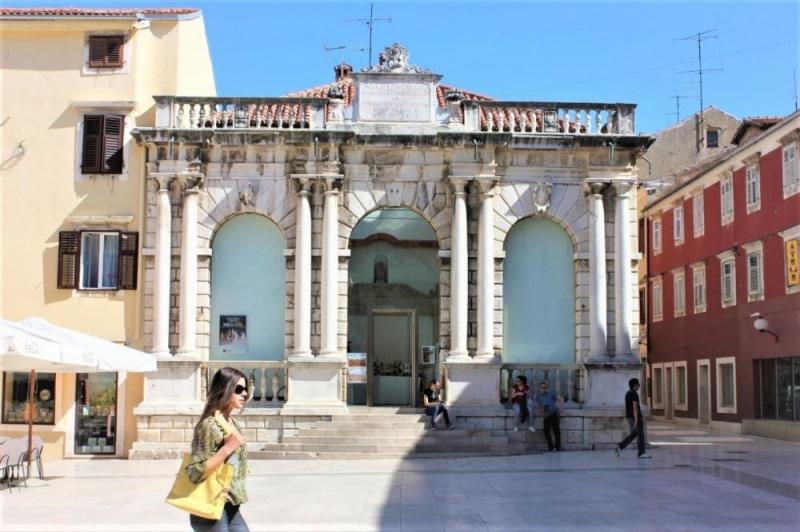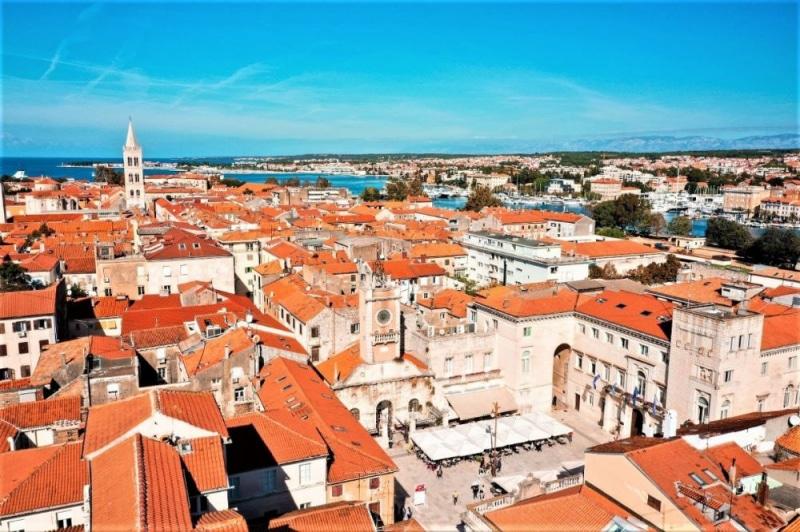People's Square
Removed from Unnamed collection





Source: FiveLands Travel Images may be subject to copyright. Learn More
The People's Square in Zadar is the heartbeat of the city, echoing stories from the medieval era to the present day. As you wander through this lively hub, you're instantly swept up by its energy and charm. It's a place where history meets the hustle and bustle of modern life, leaving you with a sense of belonging and curiosity about what's around the next corner.
Originally known as Platea Magna, this square has been the epicenter of Zadar's urban life for centuries. Today, it's not just a historical landmark but also the nerve center of the city's administration, sharing its space with the City Loggia. From here, pathways branch out in every direction, leading you to the buzzing Kalelarga, the serene Waterfront, the iconic Five Wells Square, or the bustling market and fish market.
The City Loggia, a magnificent structure dating back to the 13th century, has long been a gathering place for locals to debate and discuss important city matters. Just across the square, you'll find the City Guard, a striking building from the late 16th century, complete with a clock tower that has been reliably ticking away since 1803. It's a reminder of the city's enduring spirit and its ability to blend the past with the present seamlessly. Zadar is a city that offers more than just historical landmarks; it boasts a thriving cultural scene and a vibrant nightlife. Whether you're sipping coffee at a local café or exploring its ancient streets, Zadar invites you to experience its unique blend of old-world charm and contemporary flair.
 FiveLands Travel
FiveLands Travel  Croatia
Croatia